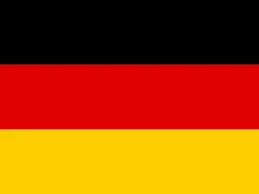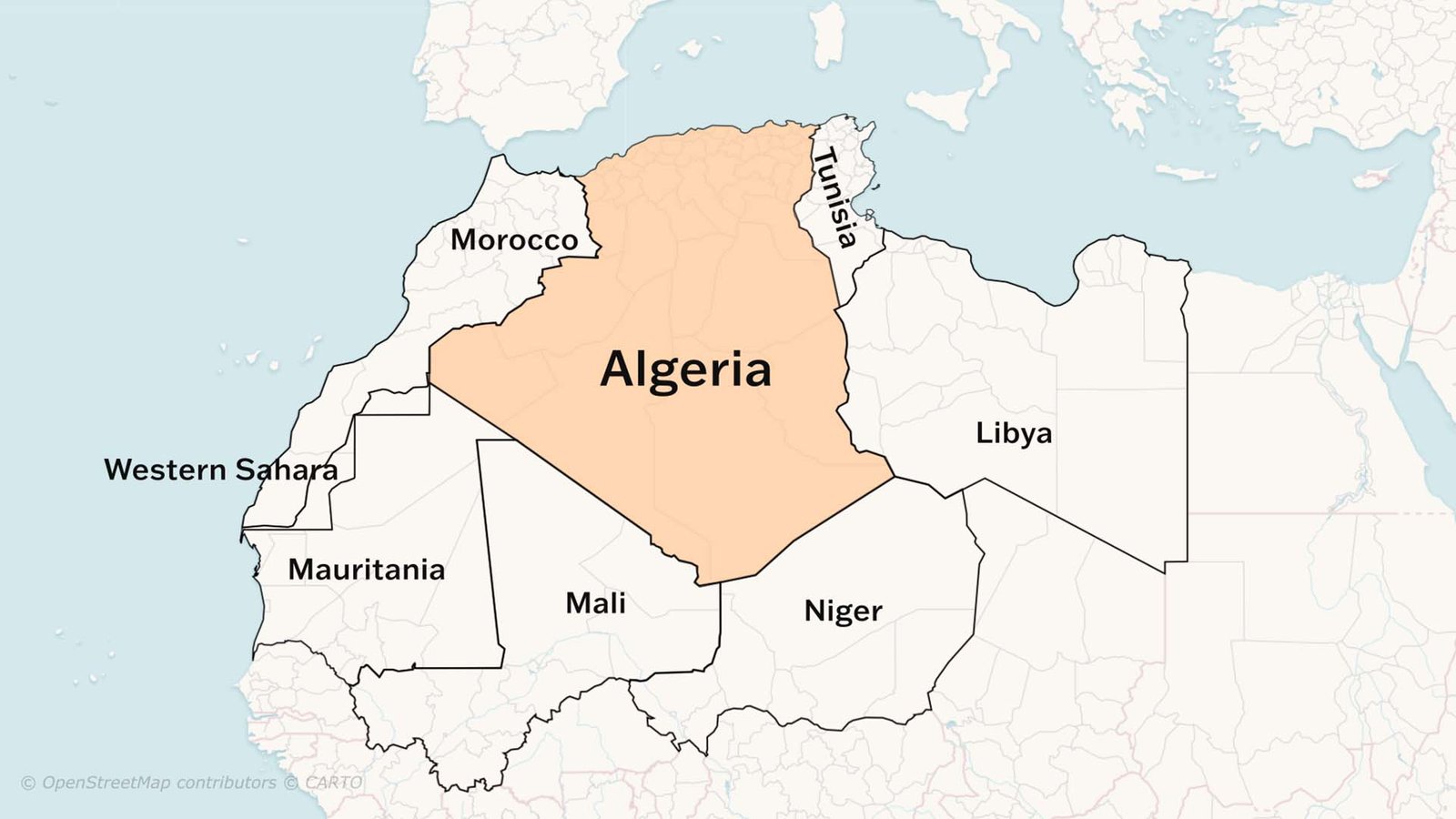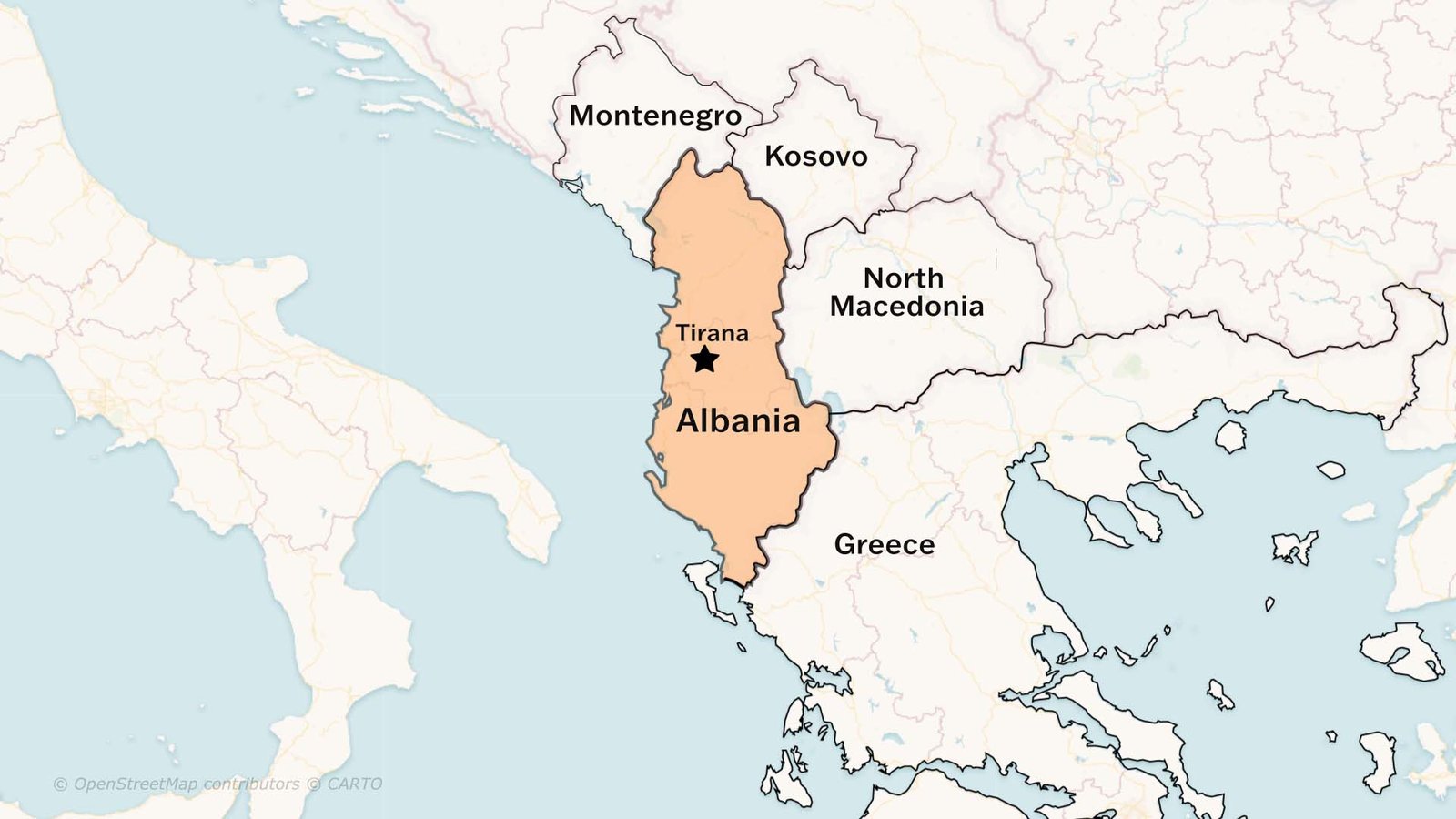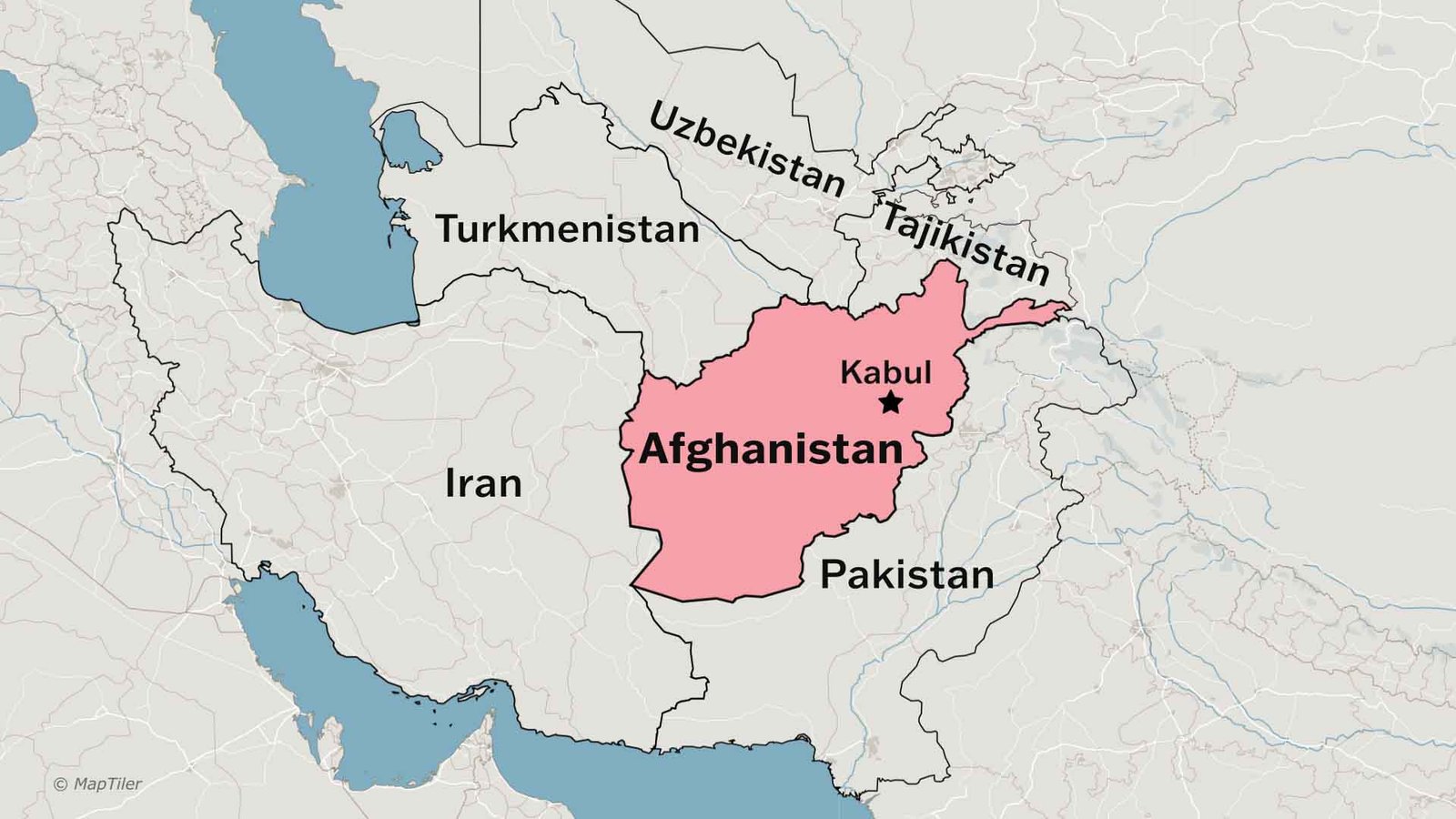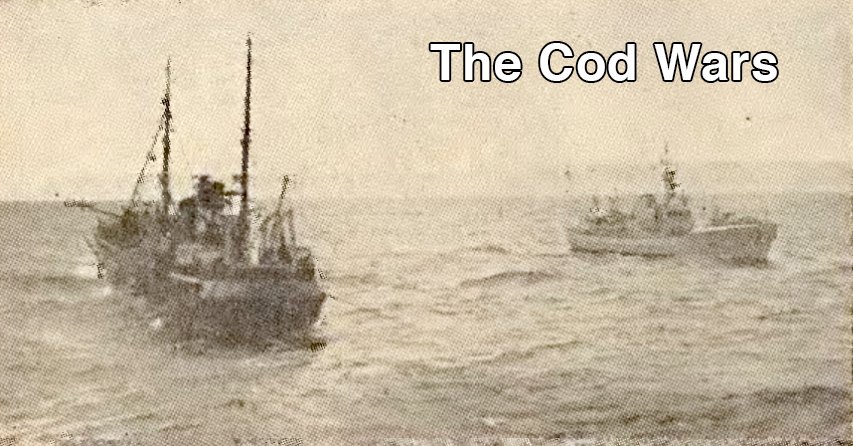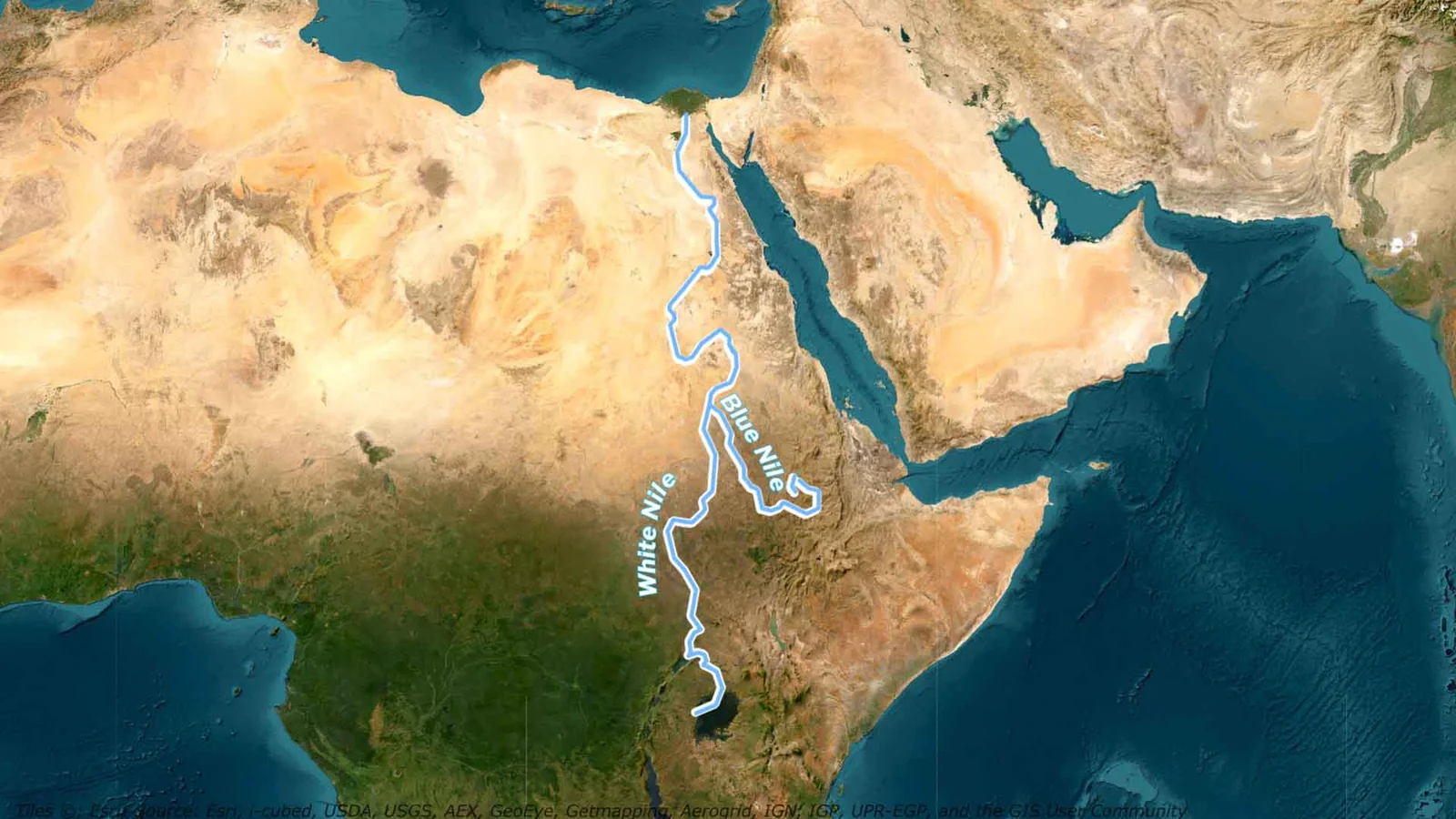Germany Fact Sheet:
- Area: 357,022 km ²
- Population: Over 44.7 Million
- Population Density: ~16 people/ km ²
- Climate Type: Mostly subtropical
- Dominant Language: German
- Dominant Religion: Roman Catholicism(Christianity)
- Currency: Euro
- Government: Federal parliamentary republic
- GDP: 5.23 Trillion USD in 2024
- Major Export: Cars, Packaged medicine, Vehicle parts/accessories
- Capital: Berlin
Germany Flag:
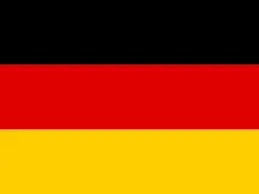
It has three equal horizontal bands of black (top), red, and gold; these colours have played an important role in German history and can be traced back to the medieval banner of the Holy Roman Emperor – a black eagle with red claws and beak on a gold field
History of Germany:
Following the end of the last Ice Age, humans began to settle in northern Europe some 10,000 years ago. The area was likely inhabited by individuals who spoke a language related to contemporary German roughly 5,000 years ago. However, thousands of years remained until Germany was established.
Dukes and kings governed an area of tiny groups that made up early Germany. However, Otto von Bismarck, a politician, used force and allies to unite the nation in 1871.
Germany started to compete with other European nations to establish colonies in Asia and Africa in the late 19th century. The world’s worst conflict to date, World War I broke out in 1914 as a result of these tensions. The Soviet Union (now known as Russia), the United States, Britain, and France defeated Germany and its allies in the war.
In 1933, Adolf Hitler and the Nazi Party took power on a platform of restoring German greatness. Hitler’s invasion of Poland in 1939 ignited the Second World War. Hitler established concentration camps in Germany throughout the war, where millions of Jews and other people perished. Hitler committed suicide and the Germans were defeated in 1945, bringing an end to the conflict.
West and East Germany were split apart following World War II. The nation was at the heart of a standoff between Western and Soviet powers. This conflict, spanning 44 years, was known as the Cold War. With the opening of East Germany’s borders in 1989, the Cold War ended.
Geography of Germany:
The Danube, Main, and Rhine river valleys serve forests on hills and mountains in central and southern Germany. The terrain flattens into a broad plain reaching the North Sea north. Germany is a remarkably diverse country, situated between two extremes.
Germany’s history has been influenced by its central European location, both positively and negatively. More than any other European nation, it shares boundaries with nine other nations.
The largest and most well-known woodland area in Germany is located in the southwest, close to the Swiss border. This is the Black Forest, an area covered in mountains with fir and pine trees. One of the longest rivers in Europe, the Danube, has its source in this forest.
Germany Political Map
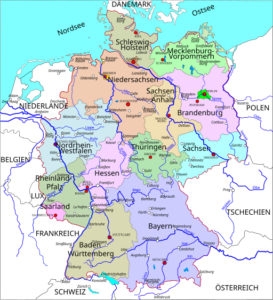
Interesting Facts about Germany
- Castles: Germany has 20,000-25,000 castles.
- Daylight Saving: Germany was the first country in the world to adopt Daylight saving time – DST, also known as summertime. This occurred on April 30, 1916, in the midst of WWI.
- First Book Printed: Johann Gutenberg printed the first book in Germany, a Latin language Bible.
- Country of Poet and Thinkers: Germany is rightfully known as “Das Land der Dichter und Denker,” which translates to “The Country of Poets and Thinkers.” It has contributed greatly to art, literature, sports, architecture, cuisine, philosophy, and religion.
- Berlin has more bridges than Venice: Yes you heard it right, the city of Berlin has more than 1600 bridges.
Geography of Brazil: Watch now
A hidden gem nestled in the mountains of Europe Watch now
Read more: Physical geography of United States
Unification of Germany
Otto von Bismarck, the Prussian Chancellor, aimed to strengthen Prussia and dominate German affairs. He used wars and clever diplomacy to unite the northern German states. The Franco-Prussian War in 1870 further solidified this unity, leading to the establishment of the German Empire under Kaiser Wilhelm I. Bismarck’s strategies reshaped Europe’s political landscape.
Map Story on Germany
Did you know that Germany has certain mega highways that do not have any speed limits?
Located in the heart of Europe, Germany shares its borders with Denmark, Poland, the Czech Republic, Austria, Switzerland, France, Luxembourg, Belgium, and the Netherlands.
The Danube, Rhine, and Elbe are notable rivers traversing the country. It also has access to the Baltic Sea and North Sea, making it a European economic hub.
The flag of Germany features tricolour bands of black, red, and gold.
With an area of 357,000 sq km, this country is similar in size to Japan and is home to approximately 84 million people.
Germany is known for its engineering expertise with the thriving car, and electronics industry. The Autobahns are famous for having no universal motorway speed limit.
Known as the land with a thousand varieties of beer, the biggest economy in the European Union, the Land of Poets and Thinkers, this is Germany for you.
Watch now: Why does Germany have the best geography?

